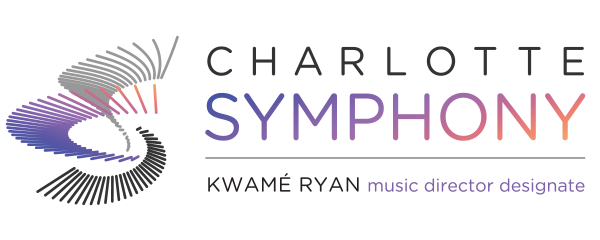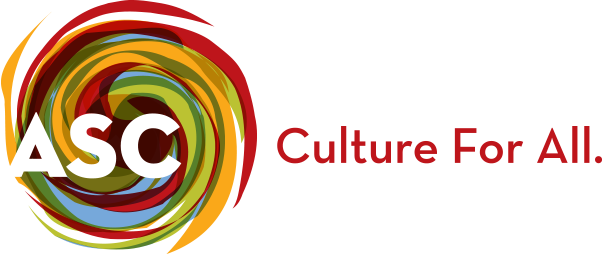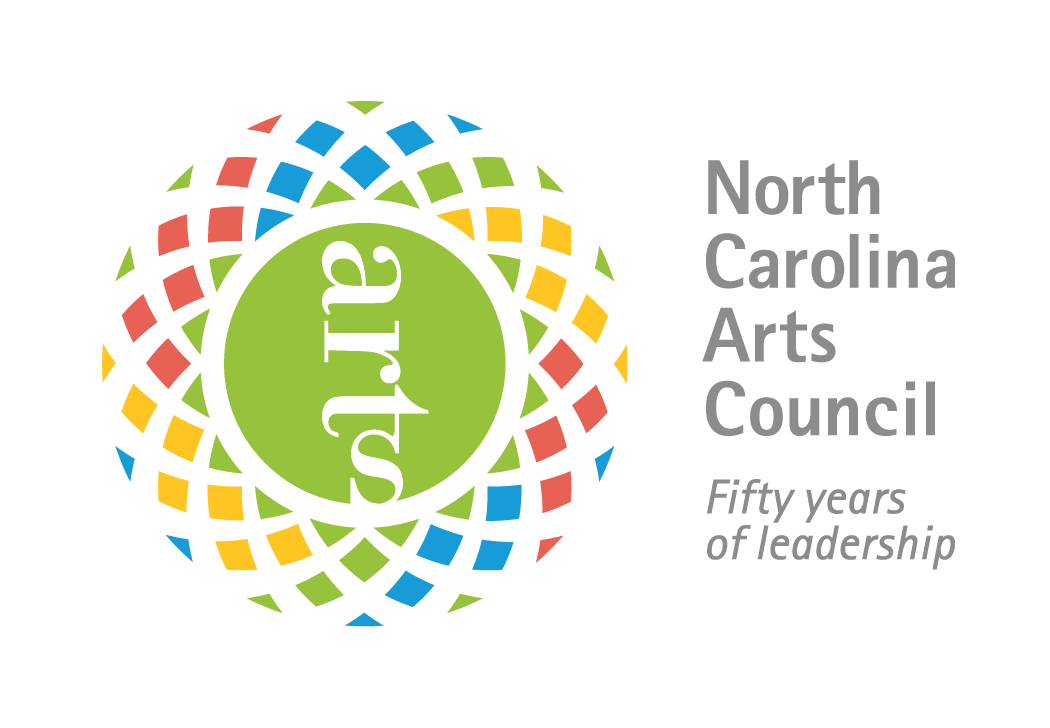By Jessica McJunkins
In the summer before seventh grade, I entered into a long and devoted alliance to a formidable but wonderfully giving master: the Charlotte Symphony Youth Orchestras. My orchestral career, at that point, was still in its developmental stages, and I could barely read music. Thanks to my Suzuki training, I memorized everything, and learned notes through finger numbers. This would be the method to my madness in the "Sizzling Strings," small youth string orchestras in the Charlotte and Matthews community that would later expand to include the "Blazing Band."
Led by CMS teacher Bruce Becker, these groups truly nurtured my desire to perform in any sort of ensemble and introduced me to fellow musicians that I still frequently gig with today. Through his encouragement, I auditioned for the CMS Middle School Honors Orchestra, and it was there that I first understood what it meant to compete for a chair; more importantly, it was where I heard about the Charlotte Symphony Youth Orchestras. From my stand partner and others, I came to the understanding that each of the principal players of the Honors Orchestras that year was in either the Charlotte Symphony Youth Orchestra (CSYO) or the Junior Youth Orchestra (JYO). I heard tales of how these kids, orchestral warriors of their time, had won auditions that were legendary in their intensity. My mother spoke to other parents at the final Honors Orchestra concert, and then worried about what would clearly become a near-obsession for me. As I picked up the glossy brochure, one particularly snotty kid, and my biggest competition at that time, muttered "I heard they make you cry in the auditions," as he sauntered by. I was hooked.
Upon taking my JYO audition [in which I did not cry], I felt an excitement that I had not experienced up to that point in my "career." My Suzuki training had served me well. The night before the first rehearsal, my mother spent nearly three hours straightening my long unruly hair, and I polished my violin until I could see my reflection in the varnish. When I arrived the next morning, I was met with a surprise: the JYO was a full symphony with strings, woodwinds, brass, and percussion something I had not anticipated.
From the back of the second violin section I barely hung on as the orchestra read down an arrangement of Tchaikovsky's Nutcracker Suite. Panicked, I realized that I would have to work harder than I ever had in order to keep up. More importantly, I was carnivorous in my desire for a better chair. Like most of the kids in Charlotte, placement trumped "musical experience," "cultural enrichment," or any other "reason for the season" the adults had thought up to justify the existence of these ensembles in the community. I had to know what it felt like to be first chair of THIS orchestra. Nothing else would suffice!
As I plotted my practicing moves from the back of the section, equally focused and distracted by flutes?! Clarinets?! Timpani?! I realized that this was the start of something very big. Though I spent the next six years trying to decide whether or not I would major in literature or fashion marketing, I now realize that thanks to the JYO, and later, the CSYO, my career path has been set since the seventh grade. And I don't regret a minute of it.
Jessica McJunkins was a Charlotte Symphony Youth Orchestra violinist from 1998-2004. She served as principal second violin for the CSYO Carnegie Hall debut in 2002 and Assistant Concertmaster for the 2003-04 season.
Originally Posted: July 2011
In the summer before seventh grade, I entered into a long and devoted alliance to a formidable but wonderfully giving master: the Charlotte Symphony Youth Orchestras. My orchestral career, at that point, was still in its developmental stages, and I could barely read music. Thanks to my Suzuki training, I memorized everything, and learned notes through finger numbers. This would be the method to my madness in the "Sizzling Strings," small youth string orchestras in the Charlotte and Matthews community that would later expand to include the "Blazing Band."
Led by CMS teacher Bruce Becker, these groups truly nurtured my desire to perform in any sort of ensemble and introduced me to fellow musicians that I still frequently gig with today. Through his encouragement, I auditioned for the CMS Middle School Honors Orchestra, and it was there that I first understood what it meant to compete for a chair; more importantly, it was where I heard about the Charlotte Symphony Youth Orchestras. From my stand partner and others, I came to the understanding that each of the principal players of the Honors Orchestras that year was in either the Charlotte Symphony Youth Orchestra (CSYO) or the Junior Youth Orchestra (JYO). I heard tales of how these kids, orchestral warriors of their time, had won auditions that were legendary in their intensity. My mother spoke to other parents at the final Honors Orchestra concert, and then worried about what would clearly become a near-obsession for me. As I picked up the glossy brochure, one particularly snotty kid, and my biggest competition at that time, muttered "I heard they make you cry in the auditions," as he sauntered by. I was hooked.
Upon taking my JYO audition [in which I did not cry], I felt an excitement that I had not experienced up to that point in my "career." My Suzuki training had served me well. The night before the first rehearsal, my mother spent nearly three hours straightening my long unruly hair, and I polished my violin until I could see my reflection in the varnish. When I arrived the next morning, I was met with a surprise: the JYO was a full symphony with strings, woodwinds, brass, and percussion something I had not anticipated.
From the back of the second violin section I barely hung on as the orchestra read down an arrangement of Tchaikovsky's Nutcracker Suite. Panicked, I realized that I would have to work harder than I ever had in order to keep up. More importantly, I was carnivorous in my desire for a better chair. Like most of the kids in Charlotte, placement trumped "musical experience," "cultural enrichment," or any other "reason for the season" the adults had thought up to justify the existence of these ensembles in the community. I had to know what it felt like to be first chair of THIS orchestra. Nothing else would suffice!
As I plotted my practicing moves from the back of the section, equally focused and distracted by flutes?! Clarinets?! Timpani?! I realized that this was the start of something very big. Though I spent the next six years trying to decide whether or not I would major in literature or fashion marketing, I now realize that thanks to the JYO, and later, the CSYO, my career path has been set since the seventh grade. And I don't regret a minute of it.
Jessica McJunkins was a Charlotte Symphony Youth Orchestra violinist from 1998-2004. She served as principal second violin for the CSYO Carnegie Hall debut in 2002 and Assistant Concertmaster for the 2003-04 season.
Originally Posted: July 2011







